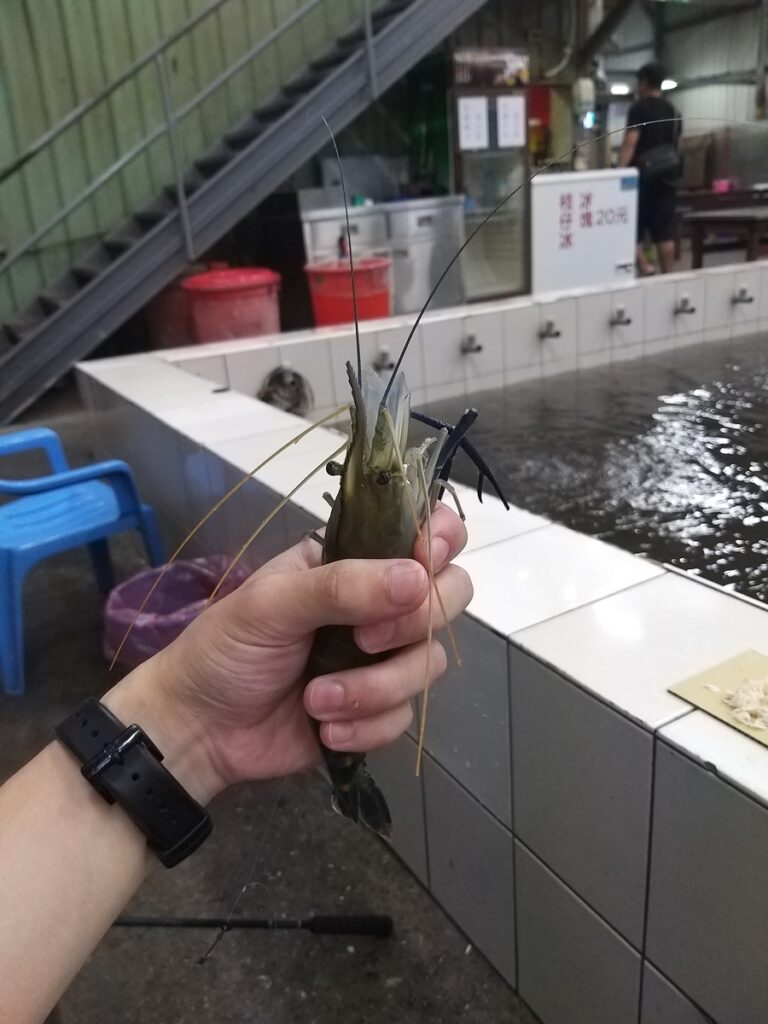
Mysterious bagged fruits frequently seen while driving along the Hualien-Taitung Valley Highway
While driving through eastern Taiwan, I noticed unfamiliar orchards spreading along the roadside. Trees covered with nets bore green fruits about the size of soccer balls.
Upon investigation, I discovered these were “shakatou” (釈迦頭), a famous fruit from eastern Taiwan. Known as Sugar Apple or Custard Apple in English, this fruit is also called “Buddha’s head fruit” (佛頭果) or “fan lizhi” (番荔枝) in Taiwan. True to its name, the bumpy exterior resembles the head of Buddha or Shakyamuni with its characteristic spiral bumps.
While this fruit is widely cultivated throughout Southeast Asia, the climate and soil of eastern Taiwan are particularly well-suited for its cultivation, making it an important agricultural product in this region. Known for its high sugar content and unique creamy texture, Taiwanese people call it “natural ice cream.” Today, I’ll share my tasting experience with this natural custard apple.
Custard Apple Fields Spreading Throughout Taitung

A custard apple orchard where each fruit is carefully protected with bags, perhaps to guard against typhoons or prevent dropping.
On our journey from Taitung to Hualien, the custard apple fields continued to delight our eyes. Their strange shape indeed evokes the head of Buddha. Like green spiky spheres, they appear almost inedible at first glance.
However, locals tell us this is one of eastern Taiwan’s representative fruits. Enticed by its reputation for being sweet, rich, and delicious, we decided to buy one at a fruit shop we found in downtown Hualien.

Buying one at a supermarket in Hualien to try.
Delicate Flesh
The shopkeeper, realizing we were tourists, proudly spoke to us in Japanese and demonstrated by cutting open a custard apple right there, like a live sales demonstration.

“Be careful when carrying it. If you drop it, it’ll shatter into pieces.”
True to their words, despite its tough-looking exterior, the interior is surprisingly delicate. This handling difficulty is apparently one reason why it’s rarely seen in Japan. It easily gets damaged during transport, making it unsuitable for export.

The custard apple already started cracking while carrying it. It’s more fragile than expected.
When we also bought a pineapple, the shopkeeper gave us interesting advice: “The custard apple is very sweet, so you should eat the pineapple first. If you get the order wrong, you won’t be able to taste the sweetness of the pineapple.”
That confident expression made our anticipation for the custard apple soar.
Time to Taste!

Sitting on a green space near Dongdamen Night Market, we immediately bit into the custard apple. First, we split the large fruit in half and gradually tore off pieces of the white flesh that appeared inside. Like eating watermelon, we avoided the black seeds that occasionally appeared.

Breaking it into small segments to eat.
Then came the shocking first bite.
“Wow, this is indeed very sweet!”
The shopkeeper’s words made perfect sense. An incredible sweetness overflowed from the white flesh. However, this sweetness wasn’t cloying at all—it had an elegant taste. Combined with its creamy texture, it truly felt like enjoying the luxury typical of tropical fruits.

The layer around the seeds is especially sweet, creamy, and delicious.
Indeed, if you get the order wrong, regular fruits might feel insufficient. The intense character of the custard apple has such a presence that it could overshadow the flavors of other fruits.
Another Encounter with Custard Apple

Pineapple custard apple offers a different kind of sweetness experience.
By the way, in some areas of Taitung, they also cultivate a variety called “pineapple custard apple” (鳳梨釈迦頭). As the name suggests, this variety is said to have even stronger sweetness than regular custard apple.

Unfortunately, we couldn’t find the fresh fruit, but we did find a milk shake made with pineapple custard apple at Dongdamen Night Market.
Surprisingly, the shake had a moderate sweetness. However, it had a unique creaminess that regular custard apple doesn’t have, which was a fresh surprise. Personally, I found the simple regular custard apple more impressive. Its overwhelming sweetness and unique texture created an unforgettable experience once tasted.

The pineapple custard apple milkshake we stumbled upon. Next time I visit Taiwan, I hope to encounter the actual pineapple custard apple fruit.
Tips for Enjoying Custard Apple
Based on my experience, here are some points for enjoying custard apple:
First, when purchasing, choose fruits with uniform skin color and appropriate weight. During transport, exercise extreme caution and never drop or subject them to strong impact.
When eating, first cut the fruit in half and tear the flesh into bite-sized pieces. There are many seeds, so avoid them like you would when eating watermelon.
Also, if enjoying with other fruits, I recommend eating the custard apple last. Its overwhelming sweetness might make it difficult to taste the flavors of other fruits.
Conclusion
Despite its wild appearance, it has surprising delicacy and incredible sweetness. The encounter with custard apple became one of the most memorable experiences during our journey through eastern Taiwan.
This fruit, which is difficult to transport, is truly a special treat that can only be enjoyed locally. When you visit eastern Taiwan, please give it a try. It will surely expand your concept of “Taiwanese fruits” significantly.





